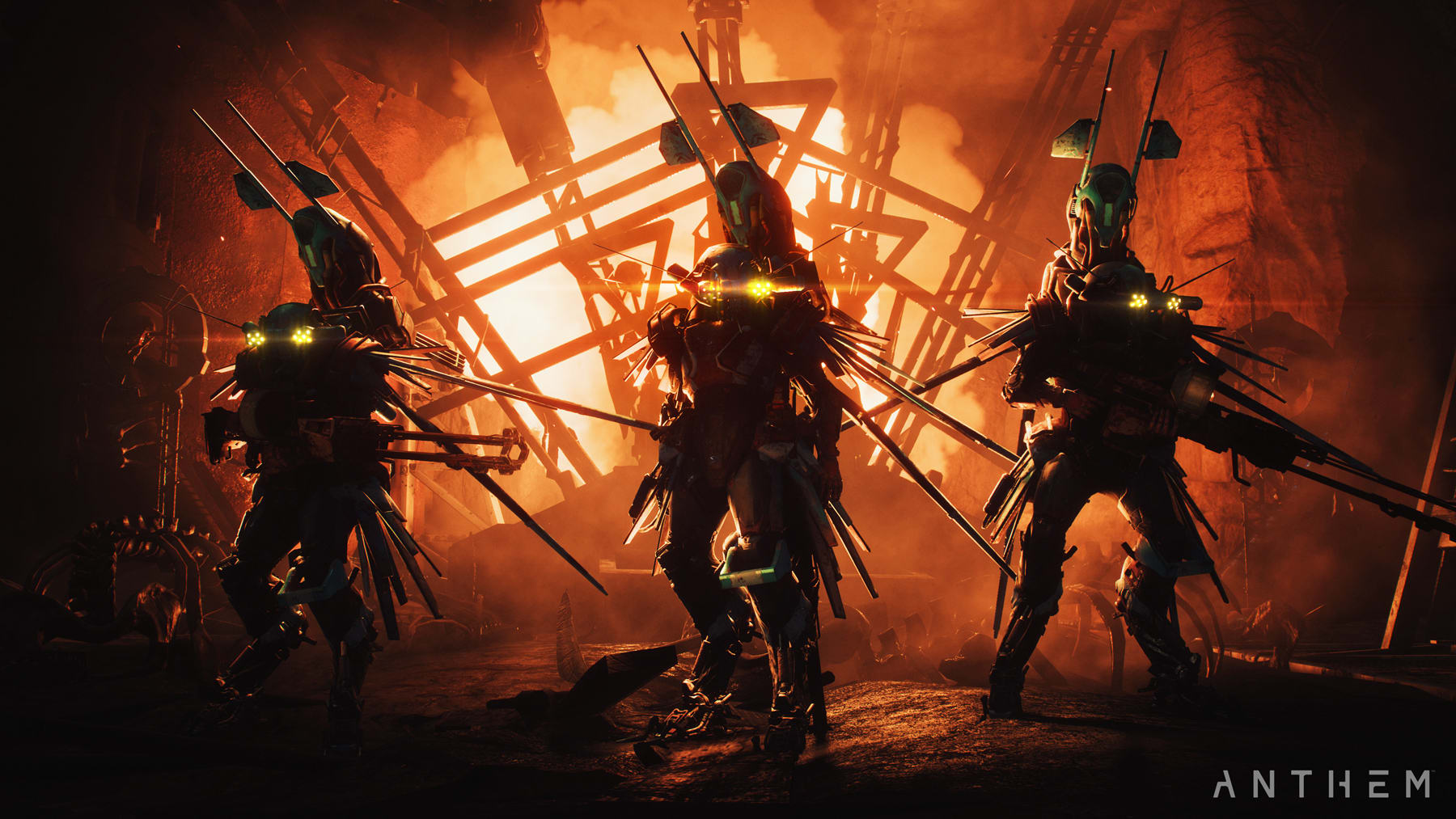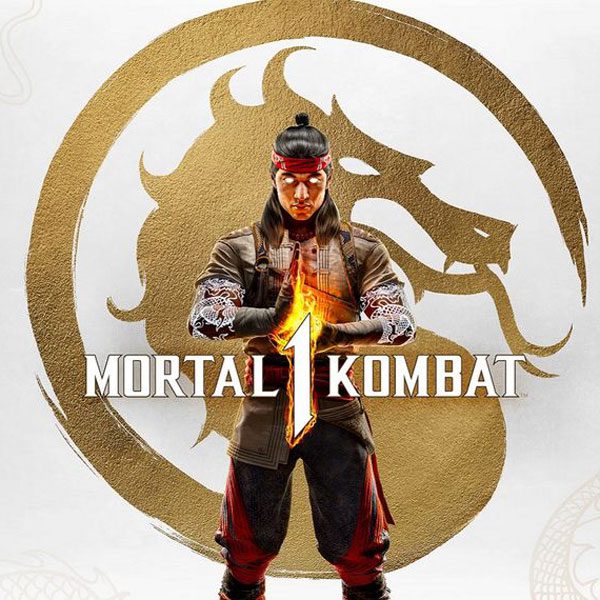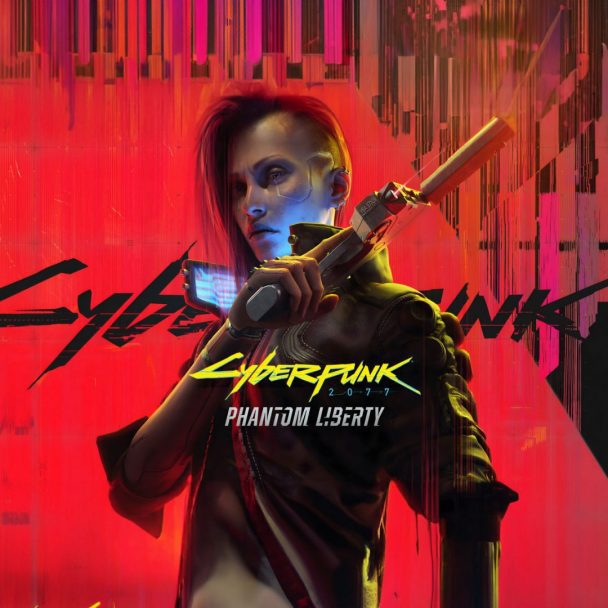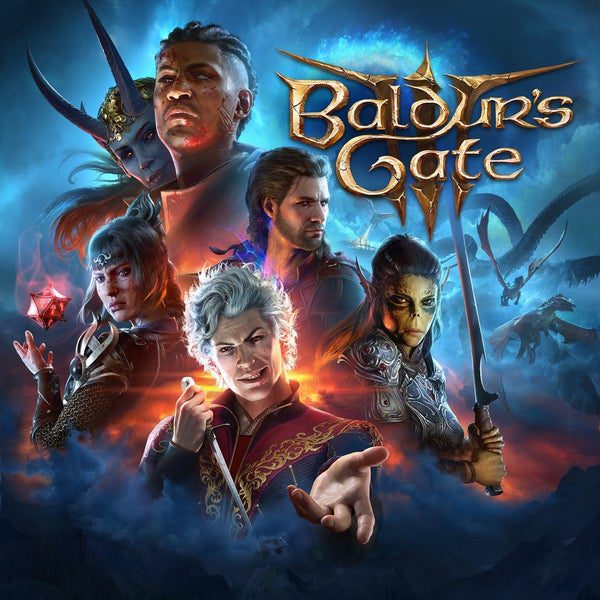Held annually in Cologne, Germany, Gamescom is Europe’s most important gaming show and, if measured by attendees and space, the world’s biggest gaming event.
A whopping 500,000 fans, exhibitors and insiders attended this year’s show, all to see the latest and greatest games and hardware from the likes of Nvidia, Microsoft and Sony.
Credit: Pe3k/Shutterstock
This year, I had the pleasure of attending the event, trying some games and (occasionally) mingling with the crowds to check out the surprises awaiting in the booths.
Here are some of the coolest things that stuck out:
Nvidia’s RTX 20 GPUs
Nvidia’s new RTX 20 series GPUs aren’t cheap, starting at the $599 for the RTX 2070 and going all the way up to the $1,199 RTX 2080 Ti. But this steep price is justified by additional hardware that allows the GPU to do real ray tracing, a method for accurately calculating the behavior of light rays in an environment, which allows for realistic lighting simulation.
Credit: Nvidia
One thing is for sure: Real ray tracing in a video game is impressive. This is a big step in the history of computer graphics. Real-time ray tracing in computer games has been a pipe dream for a long time, and to see it implemented in actual commercial hardware is exciting.
Now, given my focus on the more affordable side of hardware, what really worries me is how this will affect the hypothetical RTX 2050 and RT 2030. Will the lowest-end entry in the new series also have dedicated hardware for ray tracing? Would that even make sense in a low-end GPU?
And more important, will the general price hike affect the whole line? Would the future low-end entry in the series be $160 instead of the $80 for the GT 1030? Will the idea of a sub-$100 GPU be abandoned altogether?
Only time will tell, but I am concerned about how this will affect people building budget gaming PCs when they’re limited to new components. But if money’s not an issue, the RTX series seems to have the potential to take high-end PC gaming to a whole new level.
MORE: Here’s Every RTX 2080 Optimized Game (So Far)
Fallout 76
Although there was still no playable demo of the upcoming multiplayer Fallout experience, attendees could line up to see a new presentation of the game compiled of trailers, interviews and Vault-Tec instructional cartoons.
One of the mechanics explained in the trailer is how the player-versus-player (PvP) and the player-versus-environment (PvE) are balanced, and I find the implementation to be pure genius.
Credit: Bethesda
If a player suddenly attacks another player in Fallout 76, the attack does minimal damage until the attacked player retaliates. At that point, PvP is initiated, and full damage is done by both parties. The player who survives the encounter gets a reward in caps based on the level difference between both players.
If the attacked player decides to ignore the attack, minimal manage is maintained. However, this damage can accumulate until the attacked player dies. However, since PvP was never initiated, this is considered “murder.”
Players who commit murder get no reward and become wanted criminals with a bounty on their heads, which, if the criminals are killed, is paid directly from their caps. Furthermore, the rest of the players on the map are notified of the murderer’s location.
This provides a dynamic social penalty for players killing defenseless players and transforms every murder into a miniature event for all players. Players who prefer the PvE (like I do) do not have to engage in PvP on most encounters. High-level players can choose to live as criminals for a serious spike in difficulty, and PvP-focused players can compete for bounties against real human players.
If all of this is properly connected with the deep lore and ambience that characterize games developed by Bethesda Softworks, it should result in a game well worth trying out.
Starlink: Battle for Atlas
Although I love Starlink’s central idea of building a ship model and having the in-game starship match whatever I built (with its corresponding stats), I am not sure if it justifies the extra cost of a bunch of game-specific plastic accessories. Because toys-to-life games can occasionally feel more like a marketing strategy, I was worried that the game would not be able stand on its own, without the plastic accessories.
But thankfully, I had an opportunity to try a short demo of the game, and there seems to be plenty more to it.
Starlink: Battle for Atlas
After I built a toy ship, the game threw me in space with several planets close by, and I was instructed to fly to the nearby planet, where I quickly arrived with no loading screens in sight. Then, I was tasked with destroying an enemy machine and fighting a crab-like giant boss.
The ship is equipped with two weapons (which you can pick while building a ship) and has two main modes of operation: using a close-to-the-ground hovercraft, and regular flying. Switching between them is seamless, and the controls are quick and precise. Five minutes into the demo, I had understood how to maneuver, boost and break to avoid enemy attacks. I also quickly realized that switching between the two modes is the most effective way to adapt to the boss’s patterns.
This surprised me, because Nintendo tried something similar on Star Fox: Zero on the ill-fated Wii U. Arwings could change between flying and using bipedal ground vehicles with the press of a button; but whereas Star Fox’s implementation felt clunky and took hours to get the hang of, Starlink’s system was easy and effective.
It’s no wonder Nintendo took notice of this and offered the use of its classic IP for the Switch version. Starlink feels like the Star Fox sequel that should have been.
The Elder Scrolls: Blades
The announcement of an Elder Scrolls game for mobile got a lukewarm reception during E3, and at Gamescom, the lines to try the demo where consistently the shortest in the Bethesda booth. But allow me to explain why I’m interested in it.
For starters, the visuals of the game are impressive (for a mobile game). The Gamescom demo ran on an iPhone X, and it seemed to utilize the phone’s resources to the fullest, with high-resolution textures, decent animations, and impressive environments and lightning.
Credit: LowSpecGamer
Then, there are the controls. When the game was officially announced, I expected something closer to a Skyrim port with touch controls, but Blades was clearly designed from the ground up for mobile. What I liked the most was how the game adapts to the phone’s orientation. If you play the game in landscape view, you get a layout that should be familiar to most mobile gamers, meant to be played with two hands while holding the phone like a controller.
If you change the phone to portrait orientation, the whole interface shifts to adapt to one-handed controls, without interrupting the game. This means that you could potentially be sitting down, playing this game while you wait for a train, switch to one-handed mode while you board the train and switch back to two-handed mode if you sit down again.
I have not seen any serious mobile games that experiment with dynamic interfaces that adapt to the rotational nature of a phone like that before, and I am interested to see how it feels in actual day-to-day use.
However, the game still has a lot of hurdles to overcome. Will it run well enough on my $200 Xiaomi phone, or will it work well only on expensive flagship devices? The combat and dungeon crawling in the demo were OK, but they lacked variety. Will there be enough to hold players’ attention for more than a few hours?
Sekiro: Shadows Die Twice
The initial trailer for FromSoftware’s Sekiro: Shadows Die Twice showcased a game that looked like Dark Souls in feudal Japan. At Gamescom, I had a chance to try a demo of the game, and it is so much more than that.
This is, undoubtedly, a FromSoftware game that runs on some version of the Dark Souls 3 Engine. The ground movement, combat and dodging all make this game feel like Dark Souls. The enemies have clear telegraphed attacks with high damage numbers. You get the idea.
Credit: Activision
However, some aspects of the movement system drastically change the rhythm of the game. This time, there is a proper jump button (not the awkward leaping from Dark Souls) that easily allows climbing into platforms and moving between gaps. Then, there is a grappling hook that seems like it’s ripped straight from the Batman Arkham series. Vantage points and rooftops are marked by a UI element that makes it easy to see which surfaces you can zip to, so it’s a snap to climb to higher ground.
These new movement options work into the game’s stealth system — another addition that would be difficult to justify in a Dark Souls game. A click of the left stick makes your character crouch, allowing you to hide in high grass and take enemies by surprise. Alerted enemies will notify other foes in the area to gang up on you.
The game continues FromSoftware’s tradition of high difficulty; I had a hard time getting through the first group of strong enemies. But the additional movement options gave me dozens of ways to approach every conflict, and I eventually figured out a way to succeed. However, the smallest mistake could eventually lead to an unexpected death.
Sekiro: Shadows Die Twice shows that FromSoftware is still experimenting with the formula that made the company famous, and adding new mechanics and forms of play that hold a lot of promise.
Given that Dark Souls 3 and Dark Souls: Remastered ran acceptably in a variety of low-end GPUs, I am hoping that Sekiro will continue this trend and provide a good PC experience.
Cyberpunk 2077
Cyberpunk 2077‘s basic mechanical concepts — a first-person shooter RPG where you unlock new abilities to gain an edge on your enemies, and a city hub where you gain missions and multiple ways to solve them, with violence or diplomacy — are things I’d seen before. But I’ve never seen them implemented with this level of polish, and I haven’t seen them integrated so perfectly within a Cyberpunk universe.
The abilities vary from combat-oriented powers — like slowing down time, climbing walls and killing enemies silently from above with a jump — to tactical ones, like hacking into implants of disabled enemies to enter their network and locking their link to their guns. My favorite was a holographic display that allowed the protagonist to predict bullet trajectories after bouncing off objects, which easily allowed me to hit enemies behind cover.
Credit: CD Projekt Red
The guns, too, have been thought out clearly to fit the aesthetic and universe. One, in particular, stuck in my memory: a rifle that locks to a target and then directs all bullets to it, correcting for lazy aiming (which gave strong Fifth Element vibes).
The Cyberpunk 2020 universe (the tabletop game that 2070 is based upon) seems to be fully realized for this game. The missing woman from the first mission is enrolled in a health insurance service from a militaristic megacorp, which can be called by jacking into her mental implant. That will prompt a hover car with armed guards to drop onto a terrace and take the patient off while shoving the protagonist away. New implants are added by a back-alley doctor who would happily slice and modify your body for a price. The protagonist lives in a megabuilding that seems to be a universe in itself. The gang confronted at the end of the demo is characterized by extreme bodily modifications, with many of its members looking more android than human.
Night City is run by megacorporations, the streets are ruled by crime, and the buildings are angular, dirty, run down and filled with holographic advertisements. You are trying to find your place in this terrifying mess. I cannot wait to put 80 hours into this game.
Given that CD Project Red’s attention to detail extends to its PC options (The Witcher 3 had some of the richest, most extensive and most customizable configuration files I have seen in a game), I have no doubt that Cyberpunk 2077 will also scale well in a variety of systems, including low-end ones.
Those are our top highlights from Gamescom 2018. What are yours? Let us know in the comments!













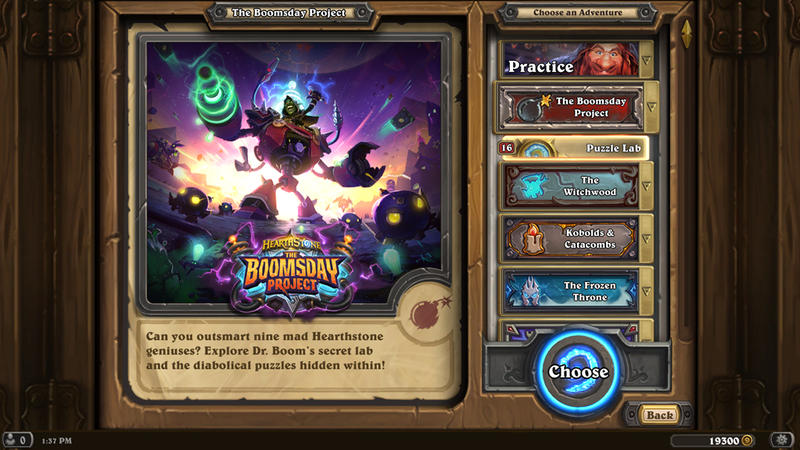

/cdn.vox-cdn.com/uploads/chorus_asset/file/12548037/World_of_Warcraft_Battle_for_Azeroth_Sylvanas.png)
/cdn.vox-cdn.com/uploads/chorus_asset/file/12548041/World_of_Warcraft_Battle_for_Azeroth_Zuldazar_02.png)

